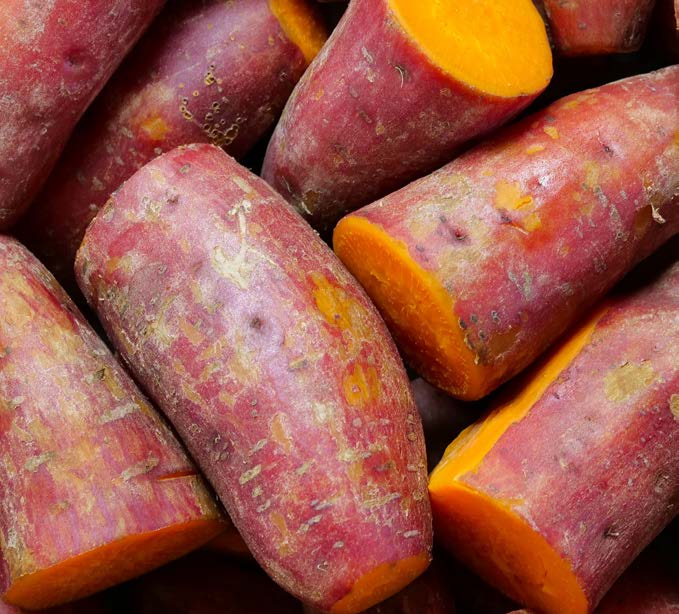
All over the country it is common to find a potato in the Mozambican breakfast that draws a lot of attention for its colour, the famous orange-fleshed sweet potato. Scientifically known as Beauregard sweet po- tato, it is of North American origin and was first devel- oped by the Louisiana Agricultural Experiment Station (LSU AgCenter) in 1987.
The orange colour of the Beauregard pulp indicates a greater presence of the beta-carotene pigment, also known as provitamin A. In white-fleshed varieties, the concentration of beta-carotene is less than 10 milligrams per kilogram of the root. In orange-fleshed ones, the content can reach 115 milligrams per kilo of root, so it is considered a biofortified sweet potato.
It is estimated that the consumption of 25 to 50 grams of this sweet potato meets the daily needs of provitamin A, which in the human body will turn into vitamin A. This substance prevents eye disorders and skin diseases, helps growth and development, and strengthens the body’s defense against infections. It also acts as an antioxidant, meaning it fights free radicals that accelerate aging and cause various diseases.
The orange-fleshed sweet potato also has peculiarities because it has a very moist pulp and a high sugar content. It has elongated, uniform, elliptical-type roots, with a purplish-red bark and smooth surface. The production techniques are similar to those used for the other sweet potato varieties, with a spacing of 0.8 to 1.0 metres between windrows and 25 to 30 centimetres between plants being recommended. Its cultivation yields between 23 to 29 tons per hectare, in a production cycle of 120 to 150 days.
Text: Hermenegildo Langa
Photo: Shutterstock




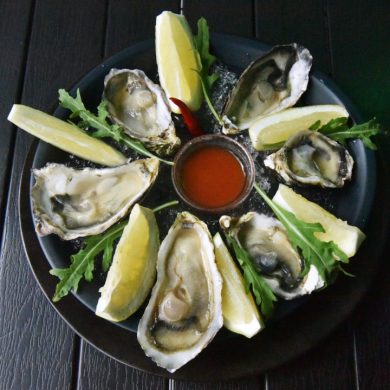



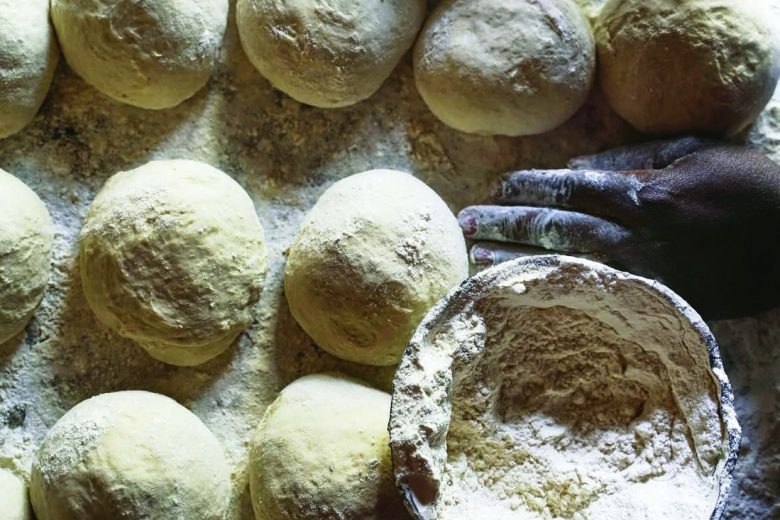


















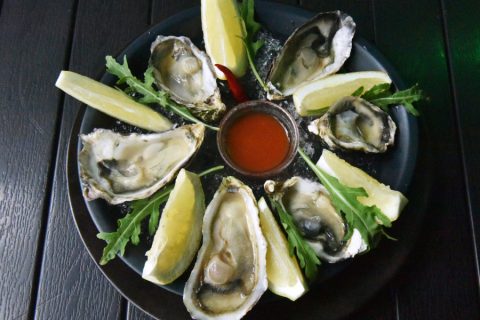

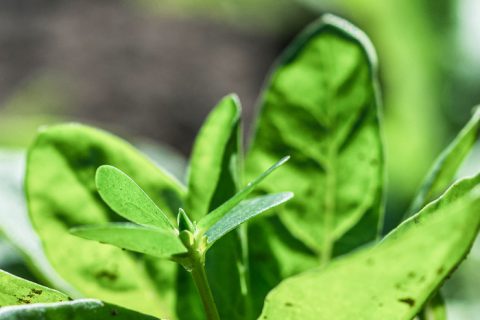





0 Comments